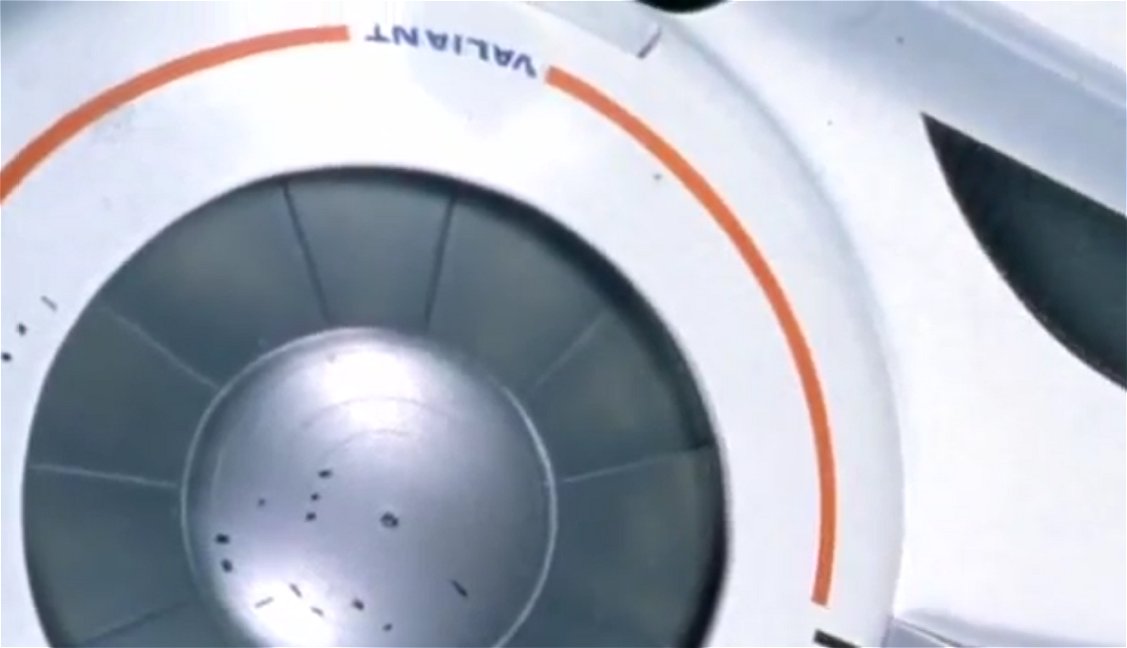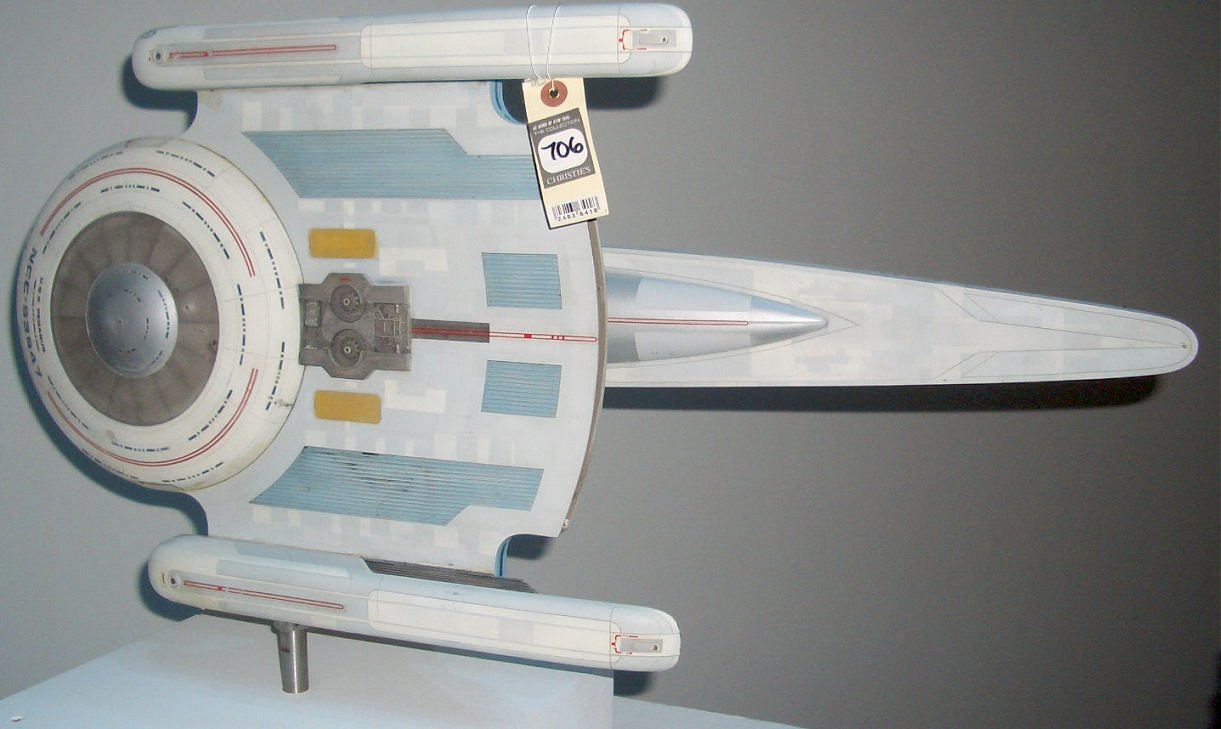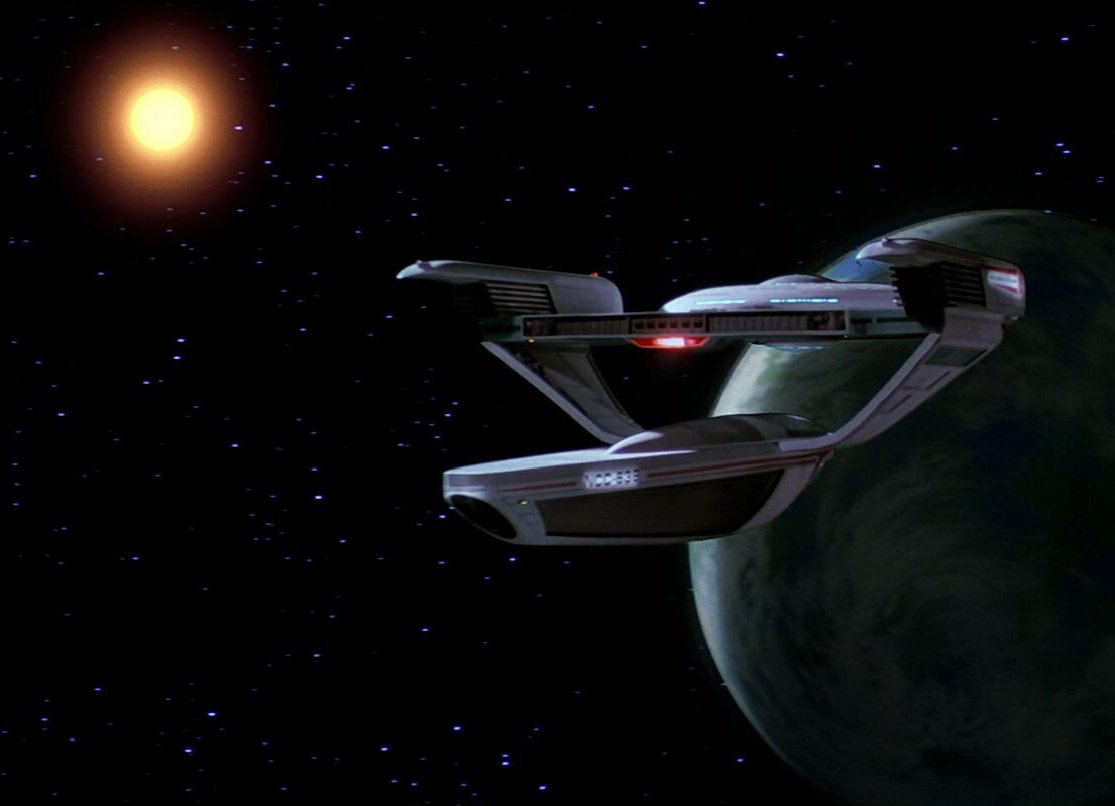

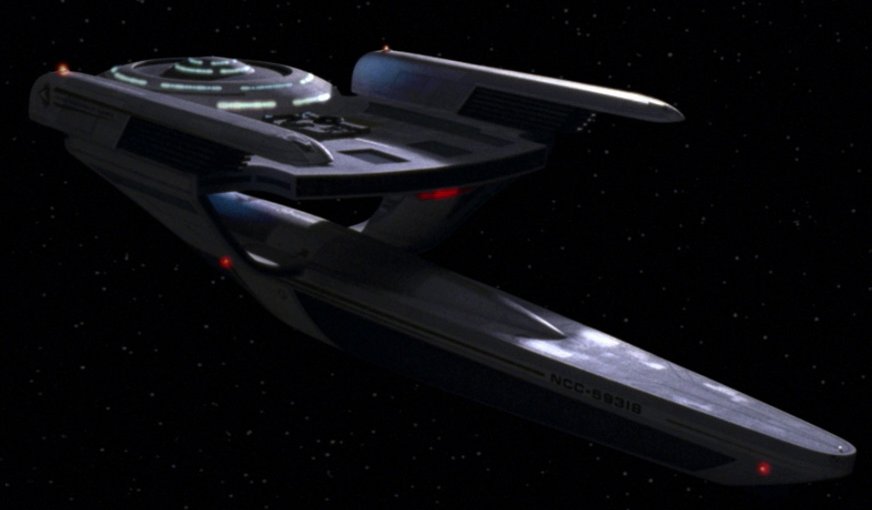
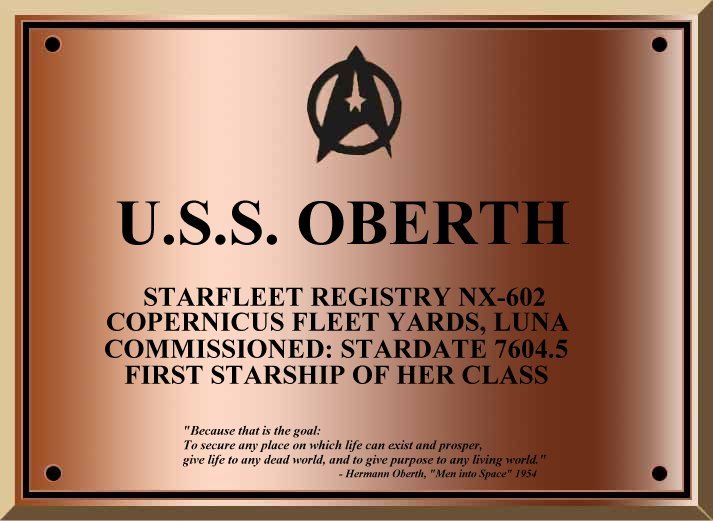 Oberth class history:
Oberth class history: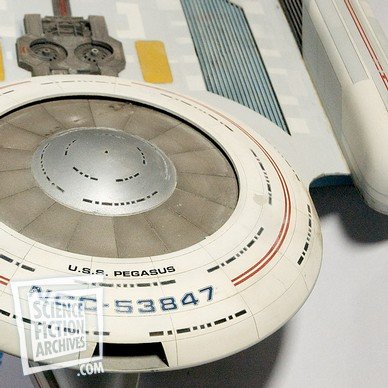
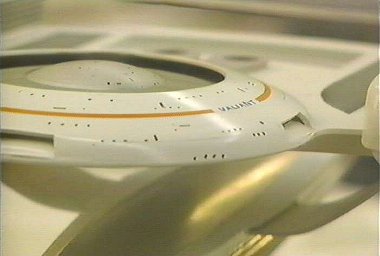 Despite a minor setback in the loss of U.S.S. Gagarin in 2279 to then unknown causes - later found to be an attack by a rogue Klingon vessel - the Oberth class has gone from strength to strength, the final design internally and externally finalised in 2290. Production of the Oberth class design has been such that dozens of members of the class are constructed each year, the class numbering over 1000 vessels by 2310. Recent members include NCC 19002 U.S.S. Yosemite and NCC 20000 U.S.S. Valiant. The new generation of science vessel takes the Starfleet to the cutting edge of discovery in the Final Frontier. Nathaniel Hawkins served aboard four Oberth class starships. Serving in science division means that serving on Oberth class science vessels is a large part of the career ladder and a quicker way up for promotion, given their smaller crew compliments. Hawkins served on the Daniel Goleman 5548, Alistair Hull 6073, George Kelly 18880 and Alan Baddeley 18882. George Kelly and Alan Baddeley were where Hawkins learned the responsibility of being a senior officer and executive officer.
Despite a minor setback in the loss of U.S.S. Gagarin in 2279 to then unknown causes - later found to be an attack by a rogue Klingon vessel - the Oberth class has gone from strength to strength, the final design internally and externally finalised in 2290. Production of the Oberth class design has been such that dozens of members of the class are constructed each year, the class numbering over 1000 vessels by 2310. Recent members include NCC 19002 U.S.S. Yosemite and NCC 20000 U.S.S. Valiant. The new generation of science vessel takes the Starfleet to the cutting edge of discovery in the Final Frontier. Nathaniel Hawkins served aboard four Oberth class starships. Serving in science division means that serving on Oberth class science vessels is a large part of the career ladder and a quicker way up for promotion, given their smaller crew compliments. Hawkins served on the Daniel Goleman 5548, Alistair Hull 6073, George Kelly 18880 and Alan Baddeley 18882. George Kelly and Alan Baddeley were where Hawkins learned the responsibility of being a senior officer and executive officer.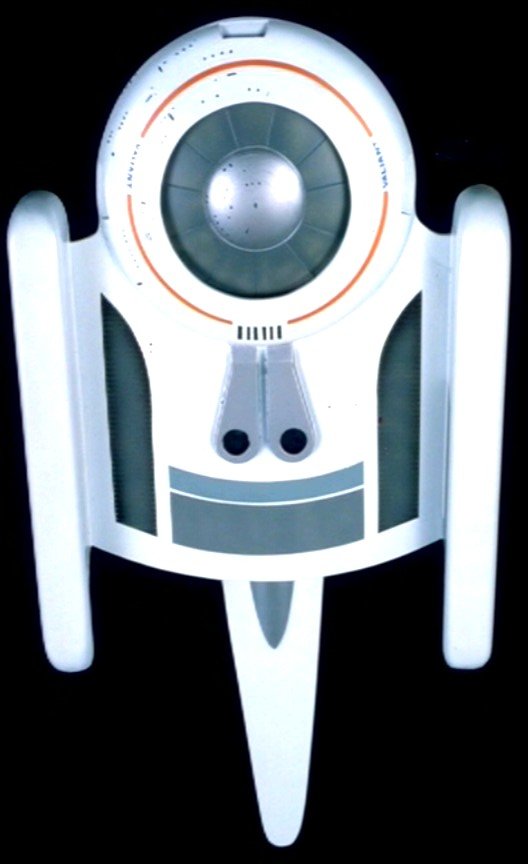 Typical officer arrangements:
Typical officer arrangements: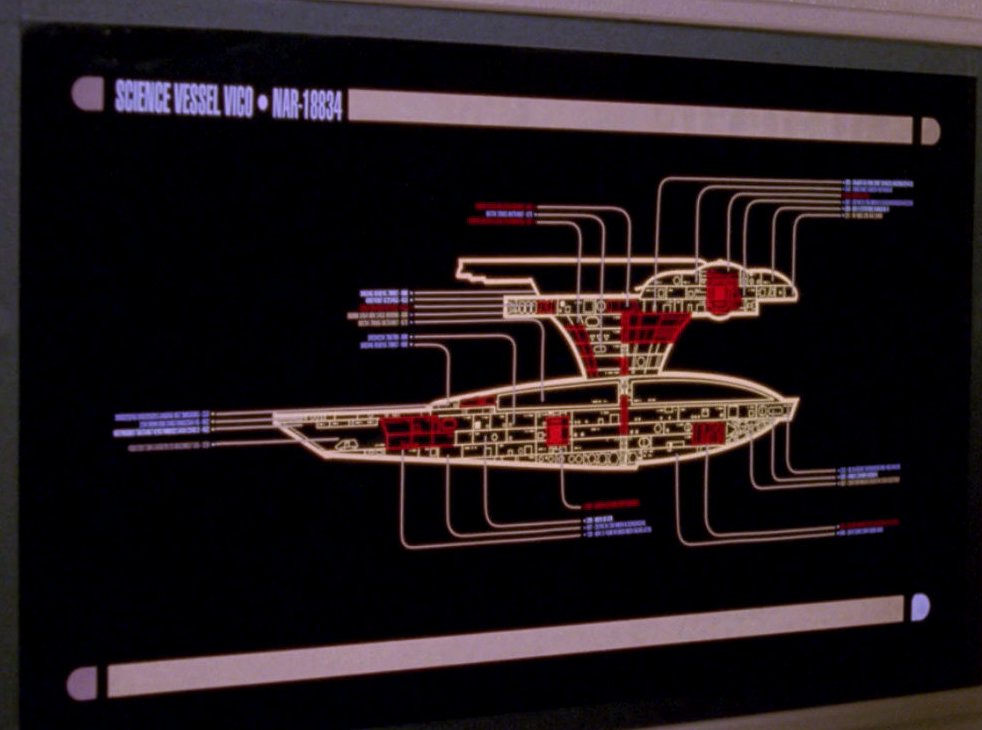
| Name | Starship Registry | Notes | Author's Notes |
| Noam Chomsky | 8279 | ||
| Ballard | 8587 | Named for the discoverer of the Titanic | |
| James Irwin | |||
| Mukai | |||
| Dawkins | |||
| Hawking | Second Oberth class to bear the name. | ||
| Tereshkova | 18111 | ||
| Uganda | 18720 | Academy Training Vessel | |
| Vico | 18834 | Federation science vessel | Hero Worship |
| Bicester | 18836 | ||
| George Kelly | 18880 | Hawkins learned to be an XO on this vessel. | |
| William Penney | 18881 | ||
| Alan Baddeley | 18882 | ||
| Edward Jenner | 18883 | ||
| Urbani | 18884 | Named for Carlo Urbani | |
| Merlin | |||
| Upholder | |||
| Chaser | |||
| Resnik | Name for Judith Resnik, second woman in space | ||
| Musgrave | Named for Story Musgrave | ||
| Titov | Named for Vladimir Titov | ||
| Lister | |||
| Sonak | |||
| Yosemite | 19002 | Realm of Fear | |
| Chawla | 19586 | ||
| Valiant | 20000 | Seen in Star Trek: Generations | |
| Raman | 29487 |
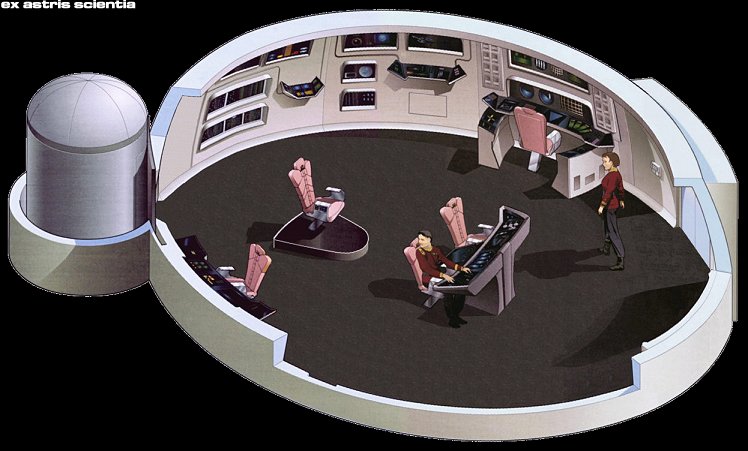
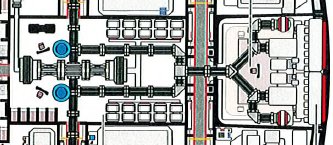
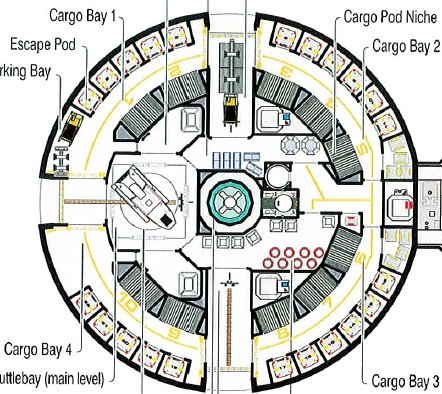
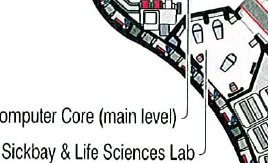
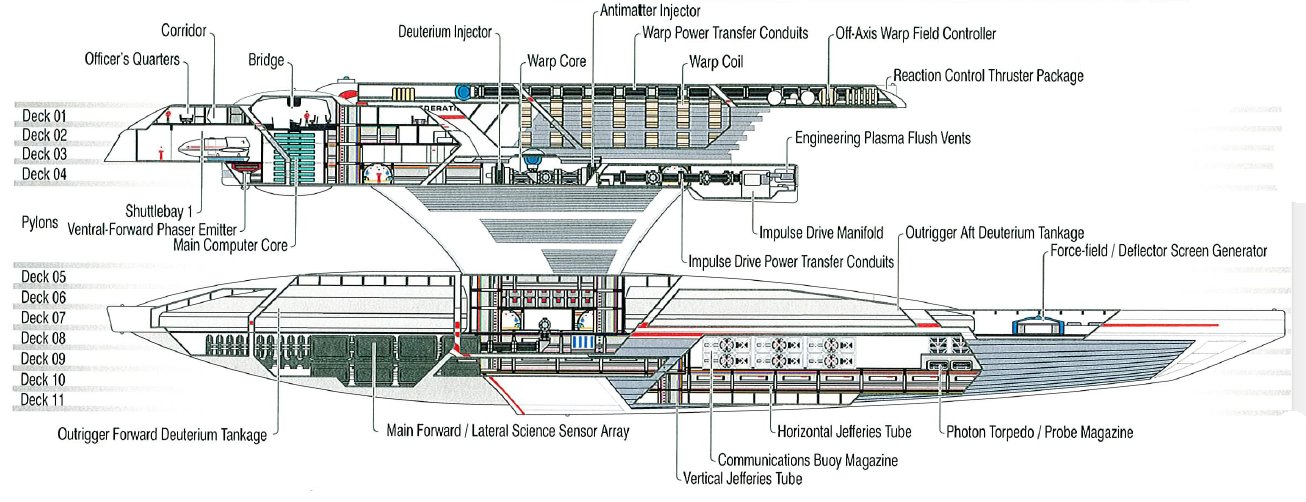
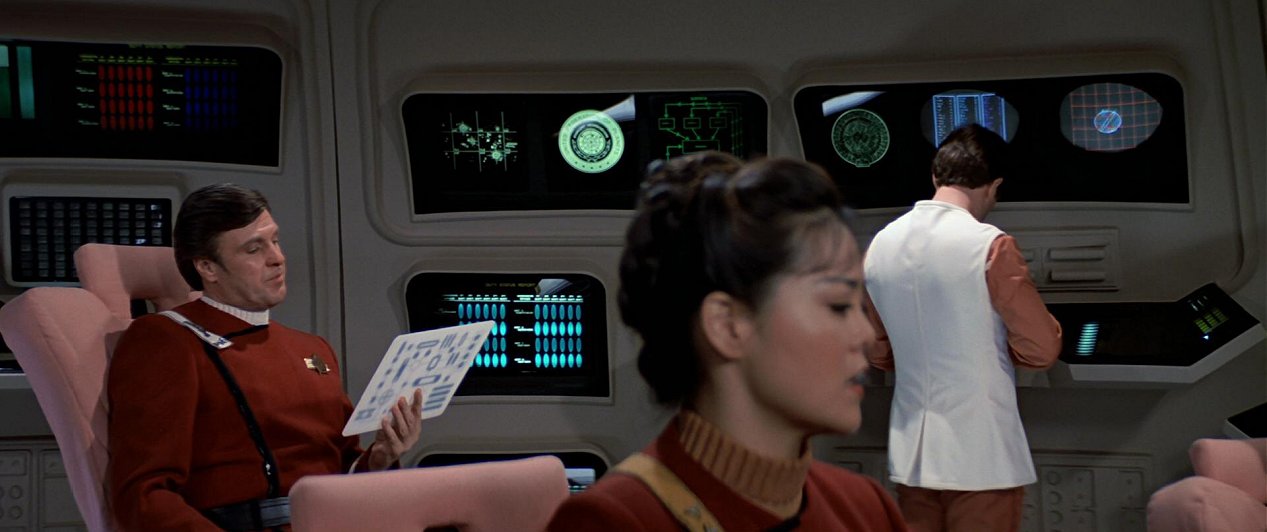
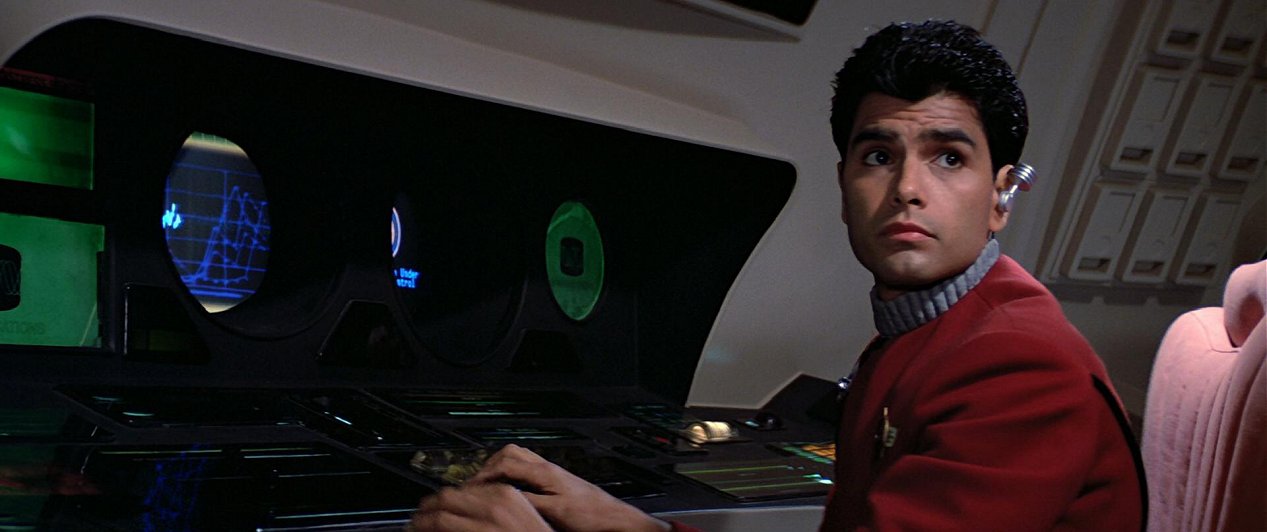
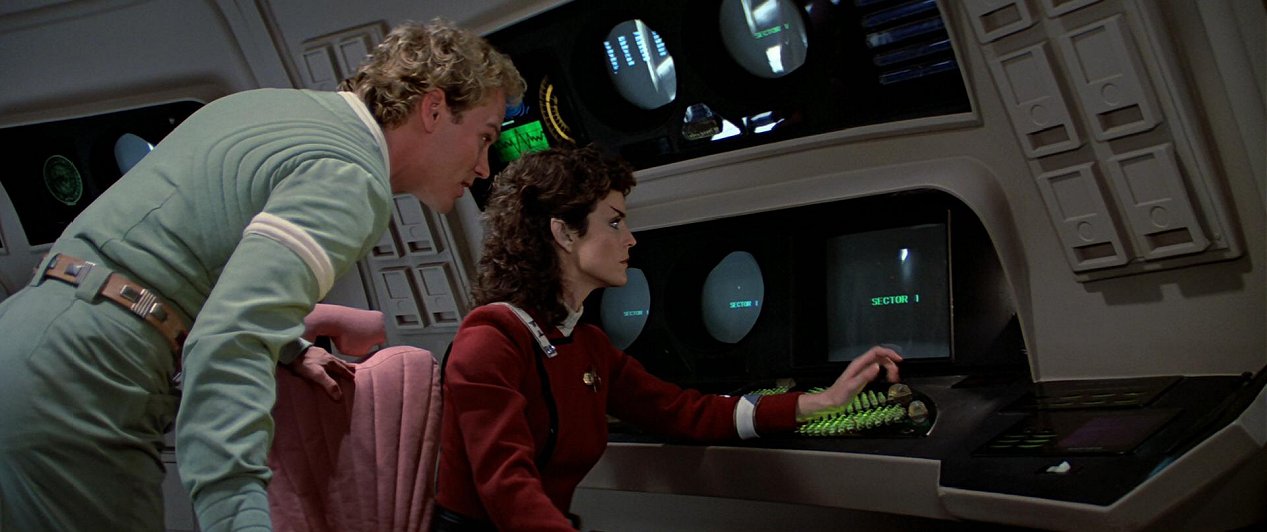
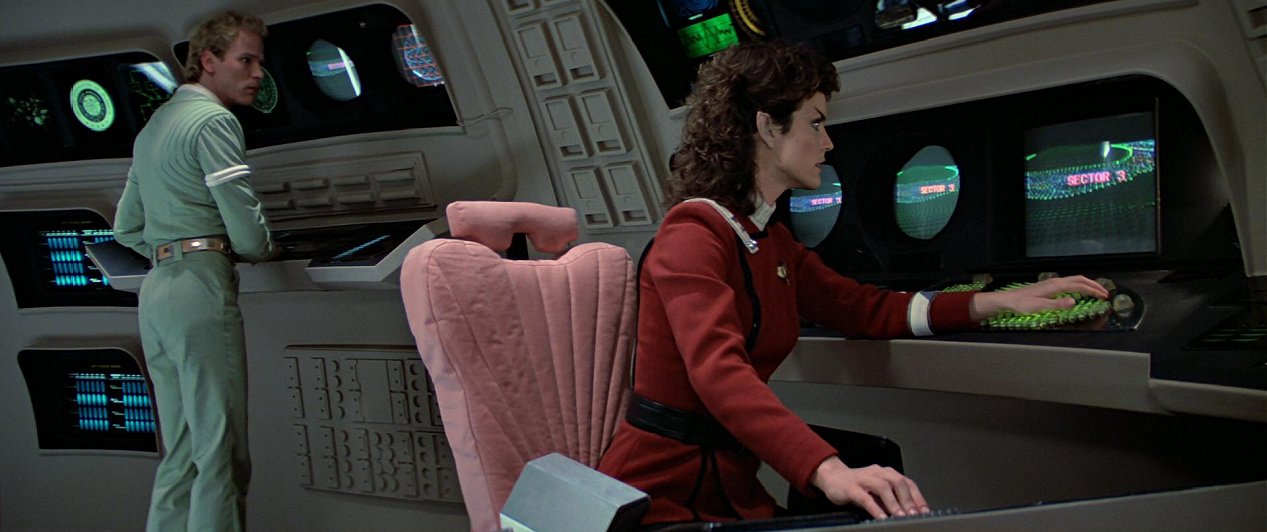
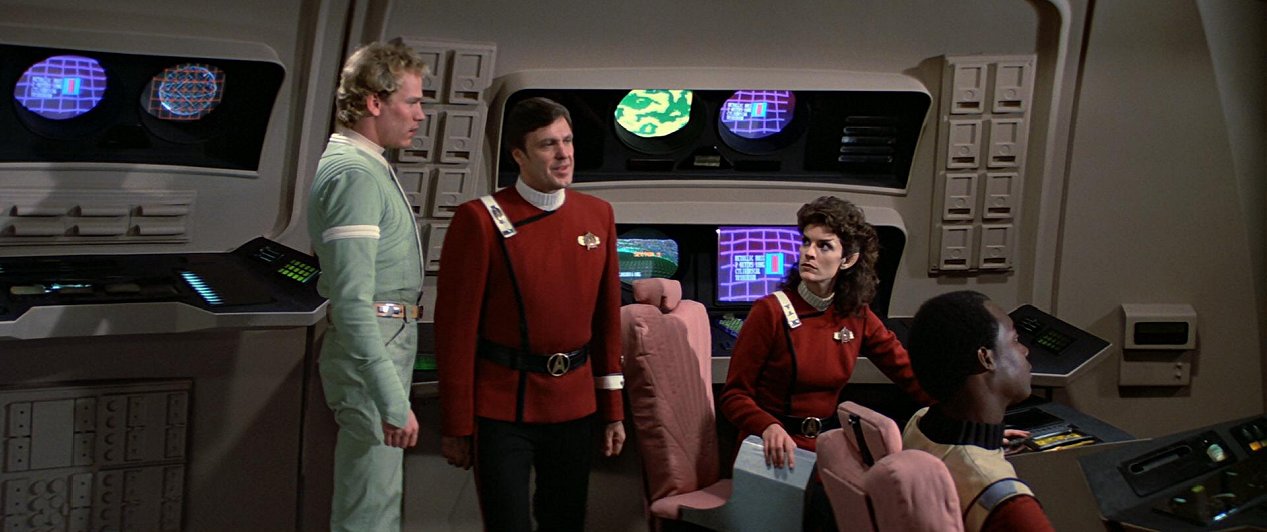
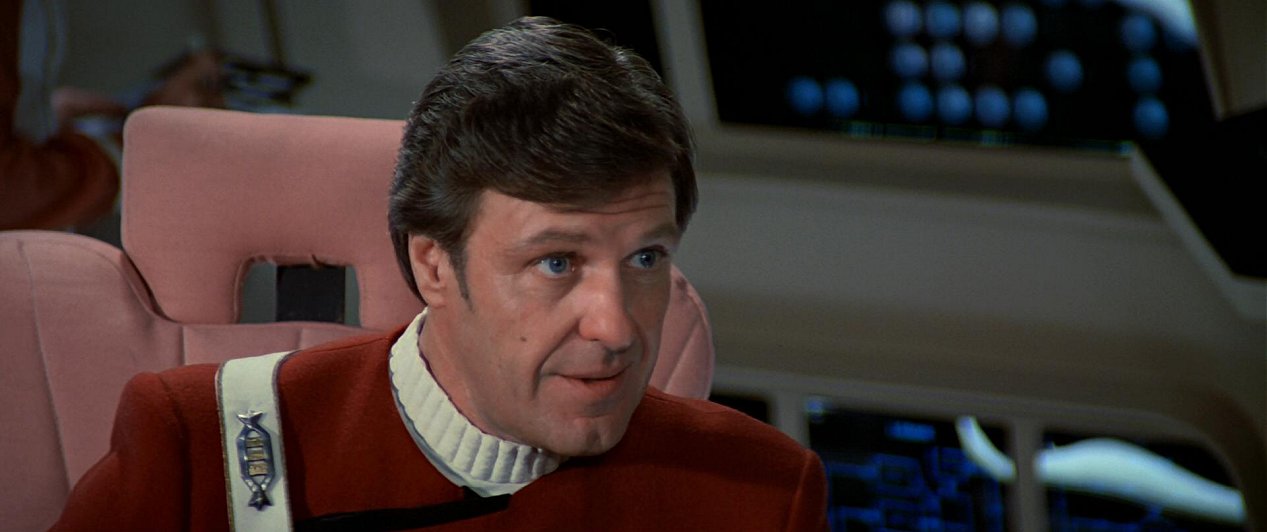
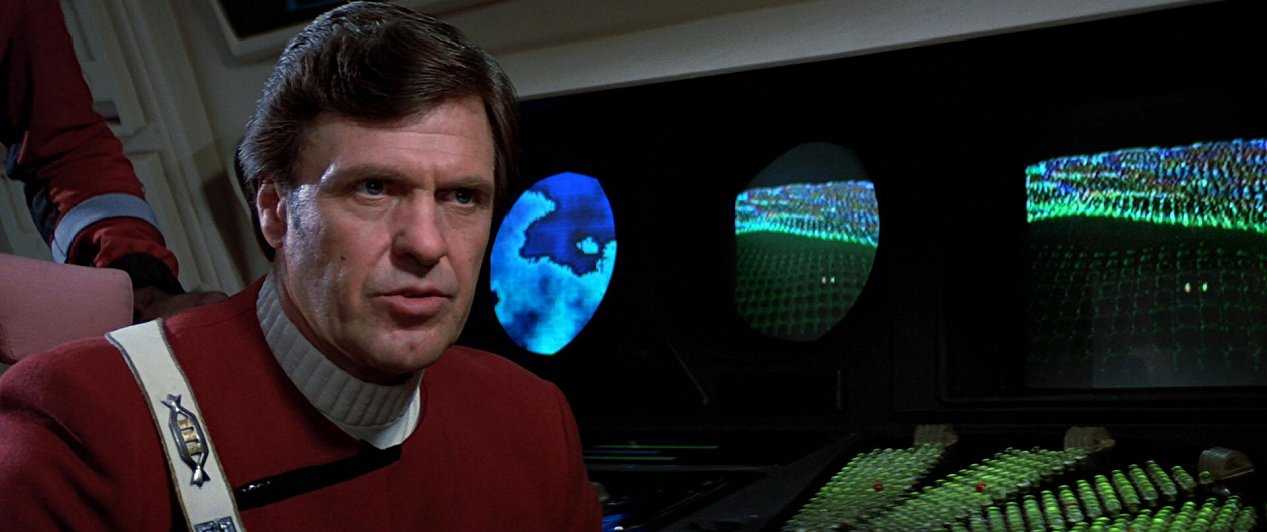
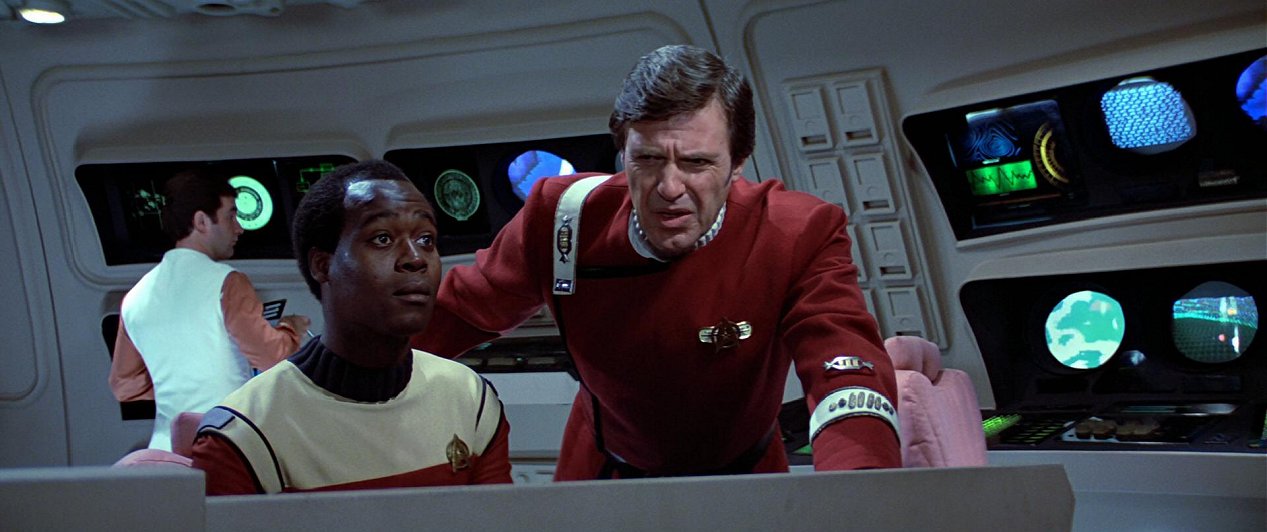
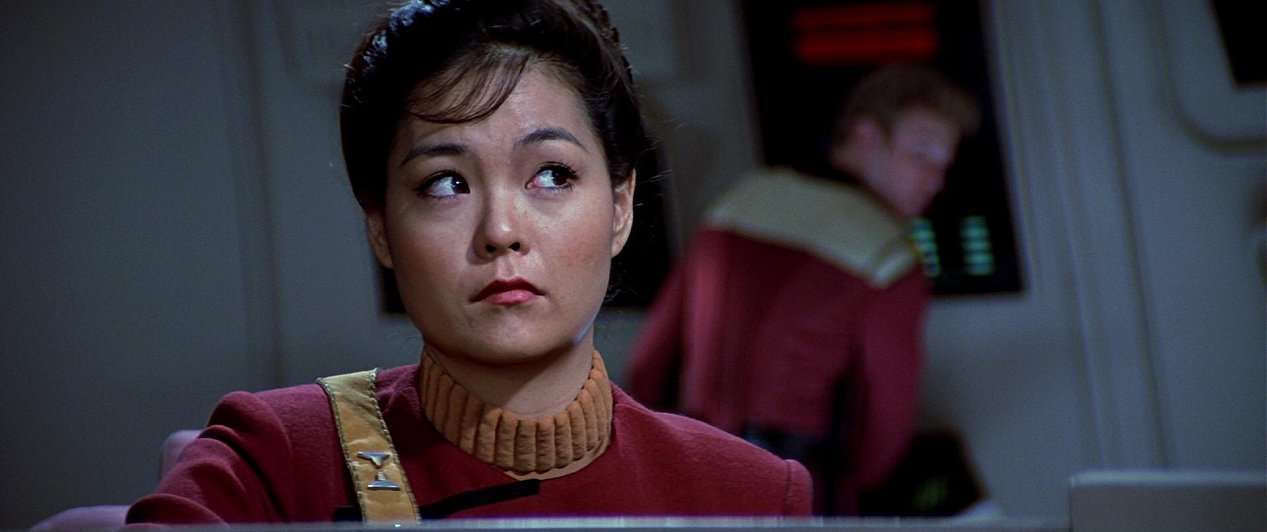
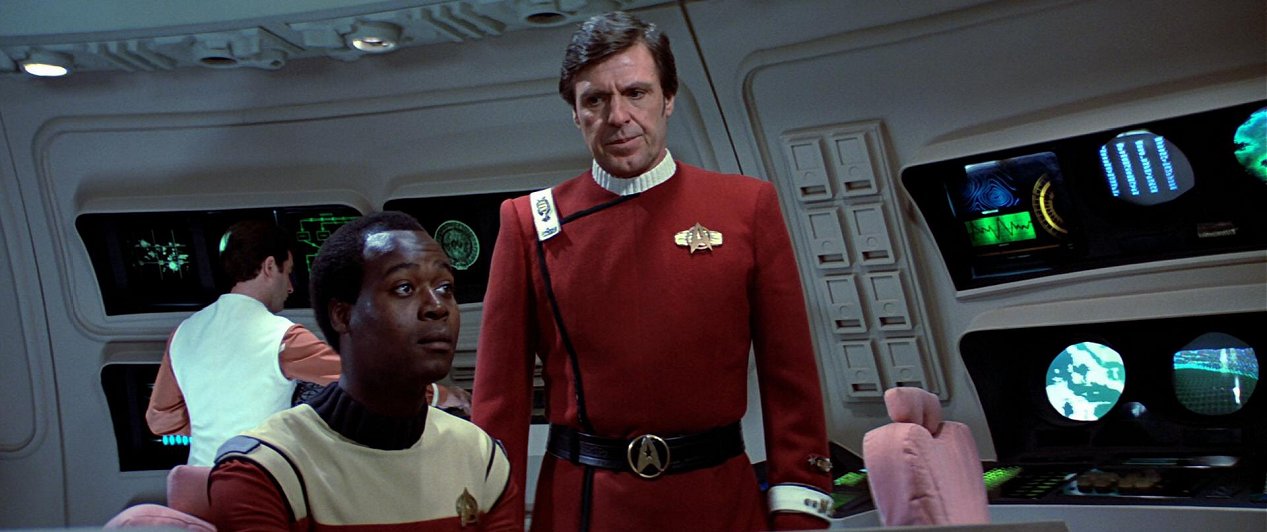
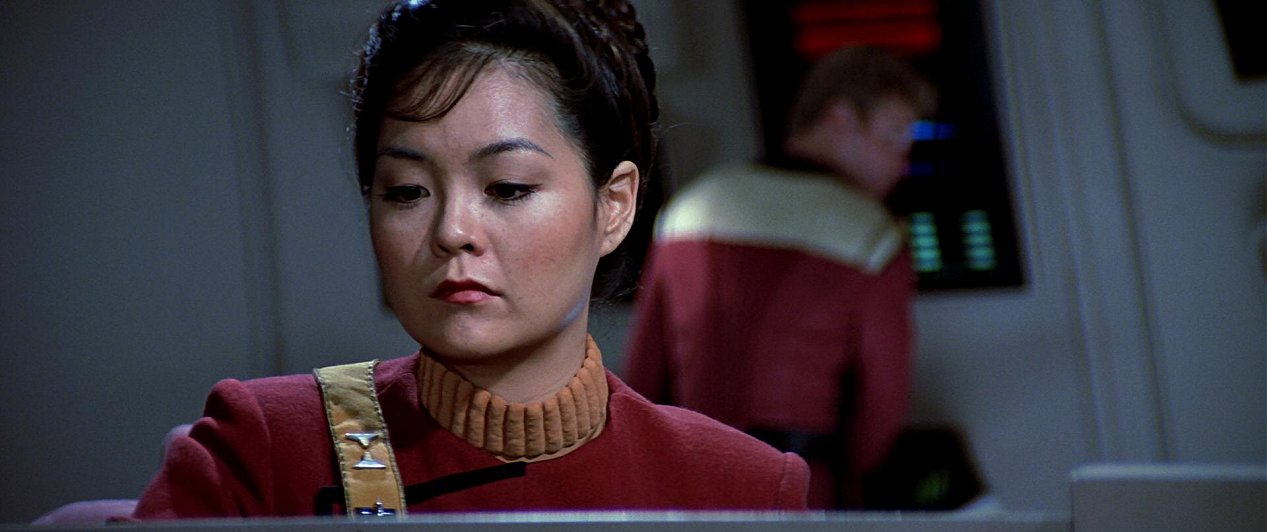
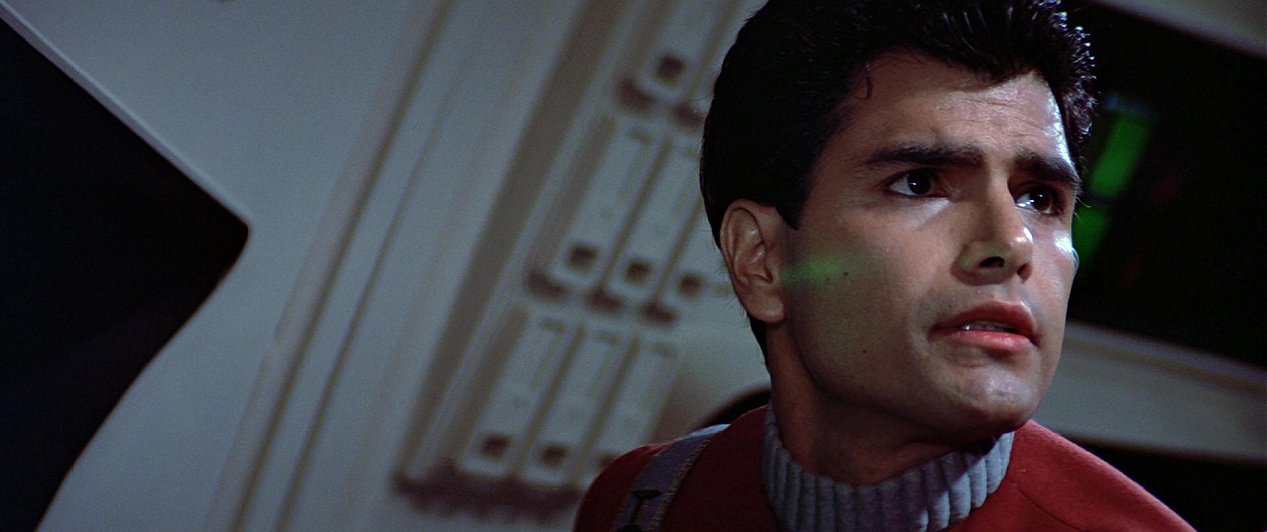
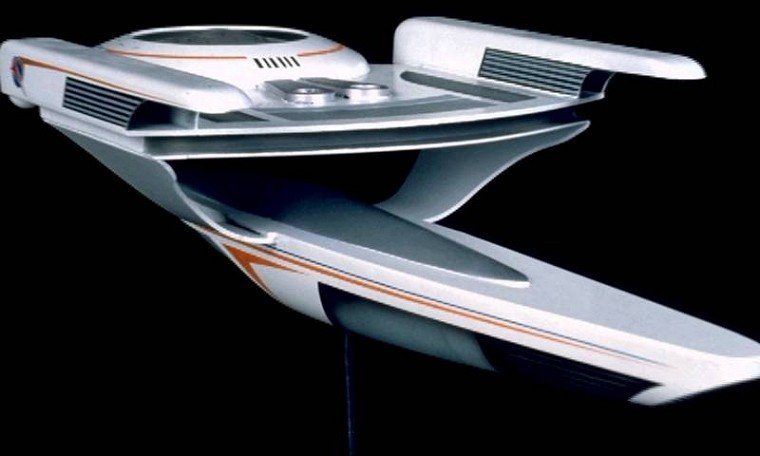 Author's Notes:
Author's Notes: 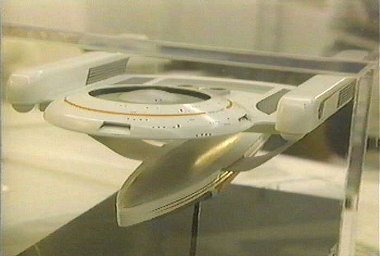 Construction of the Oberth class began in earnest after the first vessel, NCC 602 U.S.S. Oberth, was commissioned in 2275 - based on the fandom date for the commissioning of the first Gagarin/Oberth class vessel. Oberth class construction will continue until the replacement design, Nova class, begins construction in 2368. Indeed when seen in Star Trek: Generations, rescuing the surviving crew of the U.S.S. Enterprise-D from the surface of Veridian III [supporting Nebula class U.S.S. Farragut and Miranda class U.S.S. Bozeman] the U.S.S. Valiant NCC 20000 was completing her final mission, to be replaced shortly thereafter by NCC 74210, U.S.S. Valiant - Defiant class.
Construction of the Oberth class began in earnest after the first vessel, NCC 602 U.S.S. Oberth, was commissioned in 2275 - based on the fandom date for the commissioning of the first Gagarin/Oberth class vessel. Oberth class construction will continue until the replacement design, Nova class, begins construction in 2368. Indeed when seen in Star Trek: Generations, rescuing the surviving crew of the U.S.S. Enterprise-D from the surface of Veridian III [supporting Nebula class U.S.S. Farragut and Miranda class U.S.S. Bozeman] the U.S.S. Valiant NCC 20000 was completing her final mission, to be replaced shortly thereafter by NCC 74210, U.S.S. Valiant - Defiant class.